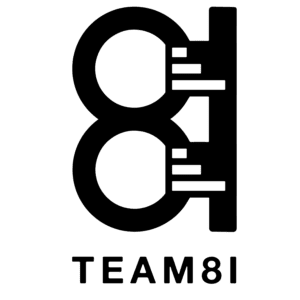Learn about Scrum, an Agile framework that helps teams work better. Scrum is flexible and structured, making it great for complex projects. It focuses on teamwork, making progress in stages, and getting feedback continuously. Organizations find Scrum helpful in fast-paced markets for solving problems and delivering good results.
What Is Scrum?
Scrum is a framework that enables teams to manage and complete projects by breaking them down into smaller, manageable tasks called sprints. Each sprint usually lasts two to four weeks and involves completing specific tasks. Each sprint aims to create a product increment that can be shipped. This means it must be something that can be shown to stakeholders and, if necessary, given to users.
Scrum is based on three main principles: transparency, inspection, and adaptation. This helps teams work openly, regularly check their progress, and make changes to stay on track toward their goals. Scrum works well when requirements are expected to change or when the end goal is not fully known at the start of a project.
The Scrum Process
The Scrum process is a well-defined cycle that includes several key events, roles, and artifacts.
Product Backlog
The product owner is responsible for maintaining and prioritizing the backlog based on stakeholder input and business needs.
Sprint Planning
At the start of each sprint, the Scrum team meets to plan which tasks from the product backlog they will work on during the sprint. They choose tasks and set a sprint goal that outlines their objectives.
Sprint
The key element of the Scrum process is the sprint. During the sprint, the team focuses on the chosen tasks. Sprints have a set duration and typically last two to four weeks.
Daily Stand-Up (Daily Scrum)
Every day, the team has a 15-minute quick meeting. During this time, they discuss what they’ve accomplished, identify any obstacles, and agree on what needs to be done next.
Sprint Review
After the sprint ends, the team shows the finished work to stakeholders in a sprint review meeting. This allows stakeholders to give feedback.
Sprint Retrospective
After the sprint review, the team holds a retrospective meeting to reflect on what went well, what didn’t, and how the process can be improved.
Why Scrum Exists and Its Benefits
Scrum helps teams manage complex modern projects, especially in constant change and unpredictability situations.
Increased Flexibility and Adaptability
The iterative approach of Scrum allows teams to quickly adapt to changes in project requirements, market conditions, or customer feedback by working in short sprints.
Enhanced Collaboration and Communication
Scrum encourages frequent communication among team members and stakeholders, fostering a collaborative environment and reducing misunderstandings or misaligned goals.
Accelerated Time-to-Market
Organizations can deliver incremental product updates regularly, promptly address customer needs, and allow early feedback to shape the final product with Scrum.
Continuous Improvement
Scrum encourages continuous learning and improvement through regular retrospectives, enabling teams to identify areas for improvement in efficiency and quality.
Better Risk Management
Teams can mitigate risks through Scrum by breaking projects into smaller sprints and regularly inspecting progress, reducing the likelihood of major issues later in the project.
Improved Customer Satisfaction
Scrum focuses on delivering value early and often ensures that the end product meets or exceeds customer expectations by involving customers through regular feedback loops.


